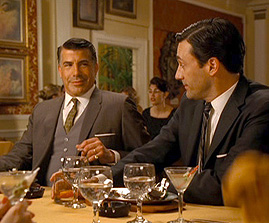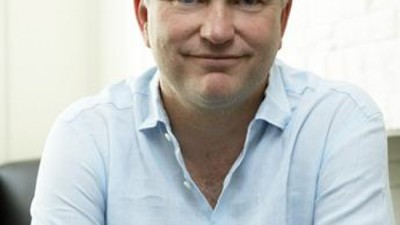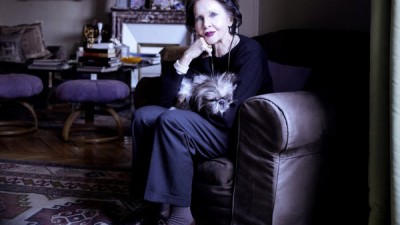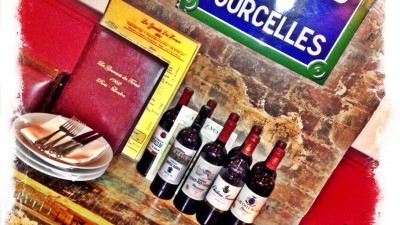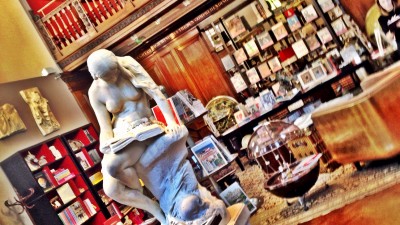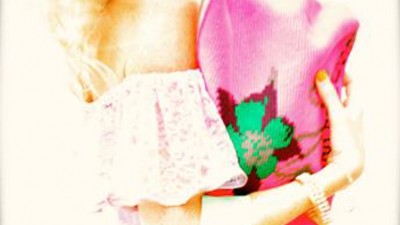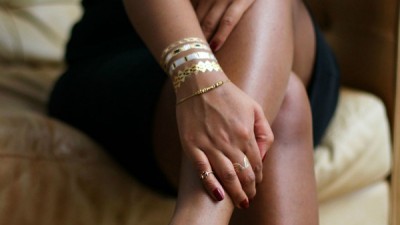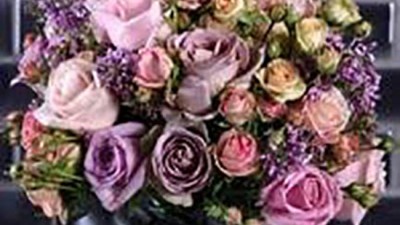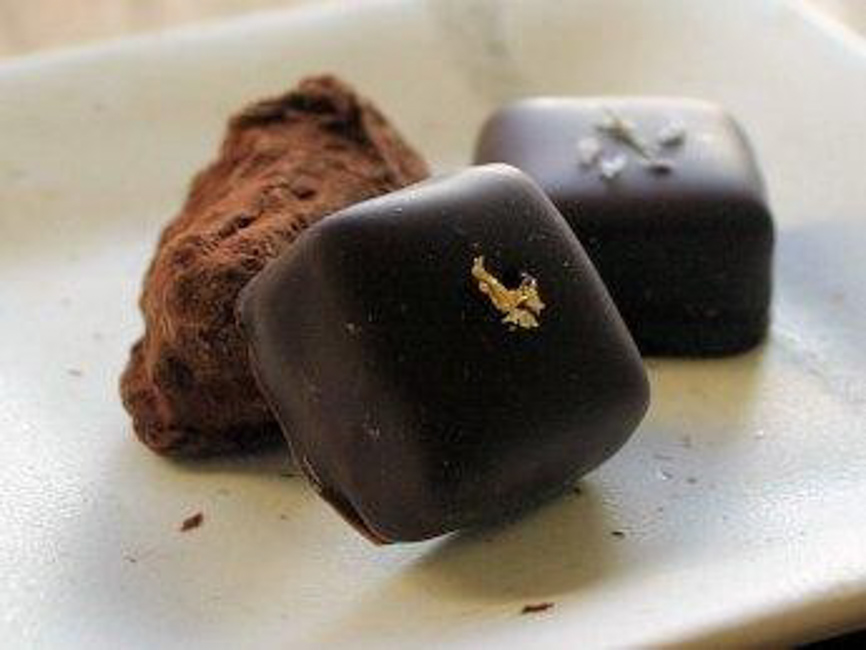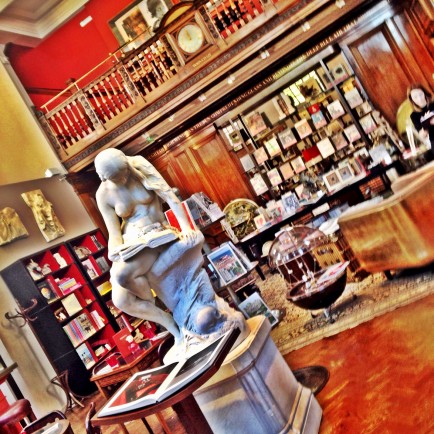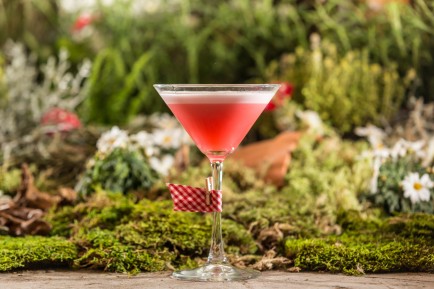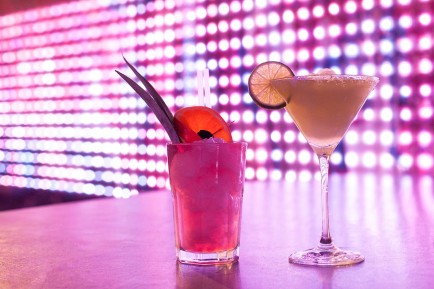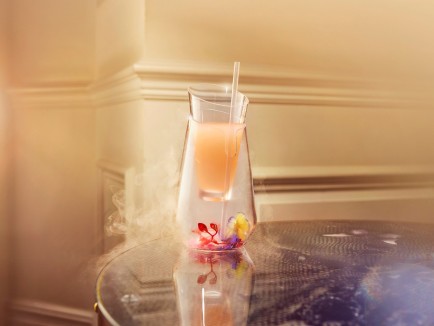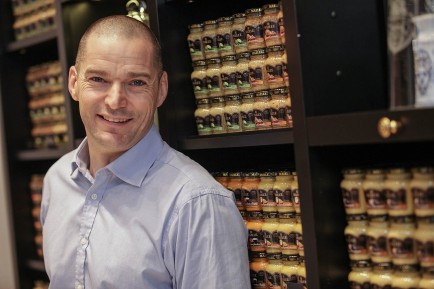Chocolatier William Curley (38) trained in England with Michelin stared chefs Pierre Koffman, Raymond Blanc and Marco Pierre White in England, as well as Marc Meneau in France, before becoming Chef Patissier at The Savoy Hotel, where he met his Japanese wife Suzue, also a respected chef. Together, they founded the William Curley brand and opened their first shop in Richmond in 2004, followed by a second one in Belgravia in 2009. William was awarded the “Best British Chocolatier” award by the Academy of Chocolate in 2007, 2008 and 2009.
What makes a really good quality chocolate? The key, as in anything else in food, is the quality of the ingredients. I always use the Italian brand Amedei as my couverture chocolate (i.e. a very high quality chocolate with at least 32% of cocoa butter), some good Normandy butter, a good local English cream, while all the flavoring is made using only fresh and natural ingredients, such as lemon and thyme. Just as important is the work ethics, which means that everything is not only handmade, but also produced by real chefs, as opposed to untrained people.
Where do the best cocoa beans come from and how do you select them?Cacao comes from the seed of the tropical theobroma cacao tree, which is originally from Central and South America. There are three main varieties of cacao beans, which are used in separated markets. Forastero, produced in West Africa, makes for 85% of the market, and is used for mass produced chocolate, while Criollo, produced mostly in Madagascar, the Caribbean and South America, is the finest one, but only represents 2% of all cocoa production. Trinitario, the third one, is the cross between the two others. In good artisanal chocolaterie, only Criollo is used, as it is particularly rich in delicate and complex secondary notes, while the other varieties are much blander. The way it is fermented also makes a big difference, as the longer the process, the better the cacao gets, which comes at a cost. But it is not just the pods that make the quality: the terroir is equally important, which makes chocolate quite similar to wine in that respect.
Where does this new London trend for gourmet chocolates come from? Generally speaking, London has become much more cosmopolitan, educated and refined when it comes to food, and chocolate is no exception. Also, most young British chocolate makers have been trained by French chefs, so there is without a doubt a strong French foundation to our products, which are handmade and based on ganache, as opposed to mass market British brands like Cadbury, Belgian boxed chocolates or Swiss bars. Also, most of our products are dark chocolates, where aromatics and creativity are key, which make them much more interesting to work with than milk chocolate, which has a very high sugar content, or white chocolate, which has no cacao mass at all. But while our style is French, we each try to develop a different angle in order to evolve. In my case, I work a lot on Japanese flavours and spend a lot of time experimenting with Japanese ingredients, while Paul Young, another new artisan chocolatier, has worked with typical British ingredients like Marmite and Guinness.
Do you have any cooking tips? I would advice to melt the chocolate on bain marie rather than in the microwave, as there are more risks for the chocolate to crystallises in the latter. You also have to make sure you use a good quality chocolate, so read the label before buying. I use Amedei, but Valrhona and Michel Cluzel are also very good. They are more expensive than “normal” cooking chocolates, but as in everything else, quality comes at a price, and the good thing about chocolate is that even at its finest, it remains an affordable luxury.
William Curley Patissier-Chocolatier: 198 Ebury Street, SW1 (Sloane Square) and 10 Paved Court, Richmond, TW9 (Richmond)
Rosemary & Olive Oil Couture Chocolate Truffles
Ingredients
325gms Dark chocolate (Toscano 66 from Amedei)
275gms Whipping cream
2gms Fresh rosemary leaves
20gms Unsalted Butter
50mls Vintage Virgin Olive Oil
400gms Tempered chocolate (for coating)
100gms Cocoa powder (for coating)
Method
1.Boil the whipping cream, add the rosemary leaves. Allow to cool and infuse for at least 2hours.
2. Strain the cream, removing rosemary leaves.
3. Chop the dark chocolate finely and melt on a bain-marie to 45C
4. Re-boil the infused cream, then allow to cool to approx. 60C
5. Slowly add the cream to the chocolate, mixing continuously with a marise to form an emulsion.
6. Add softened butter and mix until the butter is fully incorporated,
7. Mix in the olive oil, once fully incorporated allow to set.
7. Pipe bulbs of the chocolate ganache onto a baking sheet and allow to firm. This will take at least one hour.
8. Temper the 400gms of dark chocolate.
9. Dip the piped ganache into the tempered chocolate.
10. Roll in the cocoa powder, allow the truffle to set.
11. Dust off excess cocoa powder.

